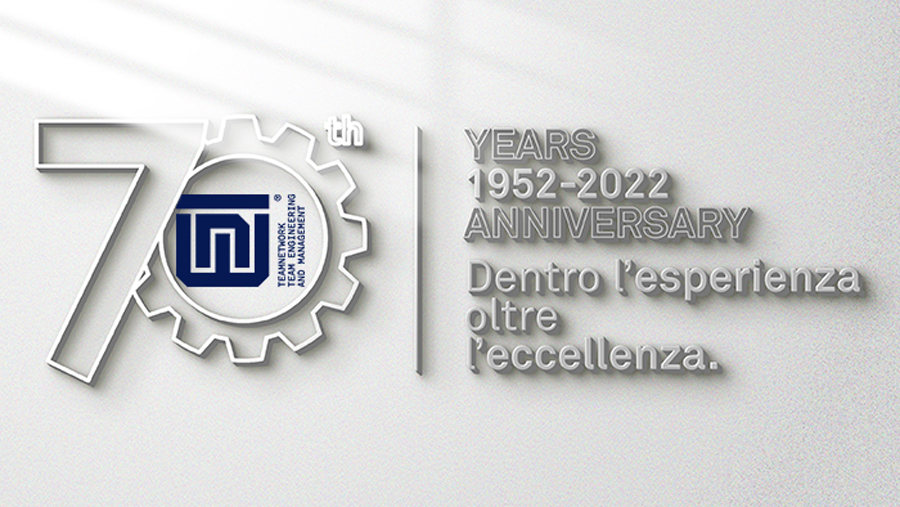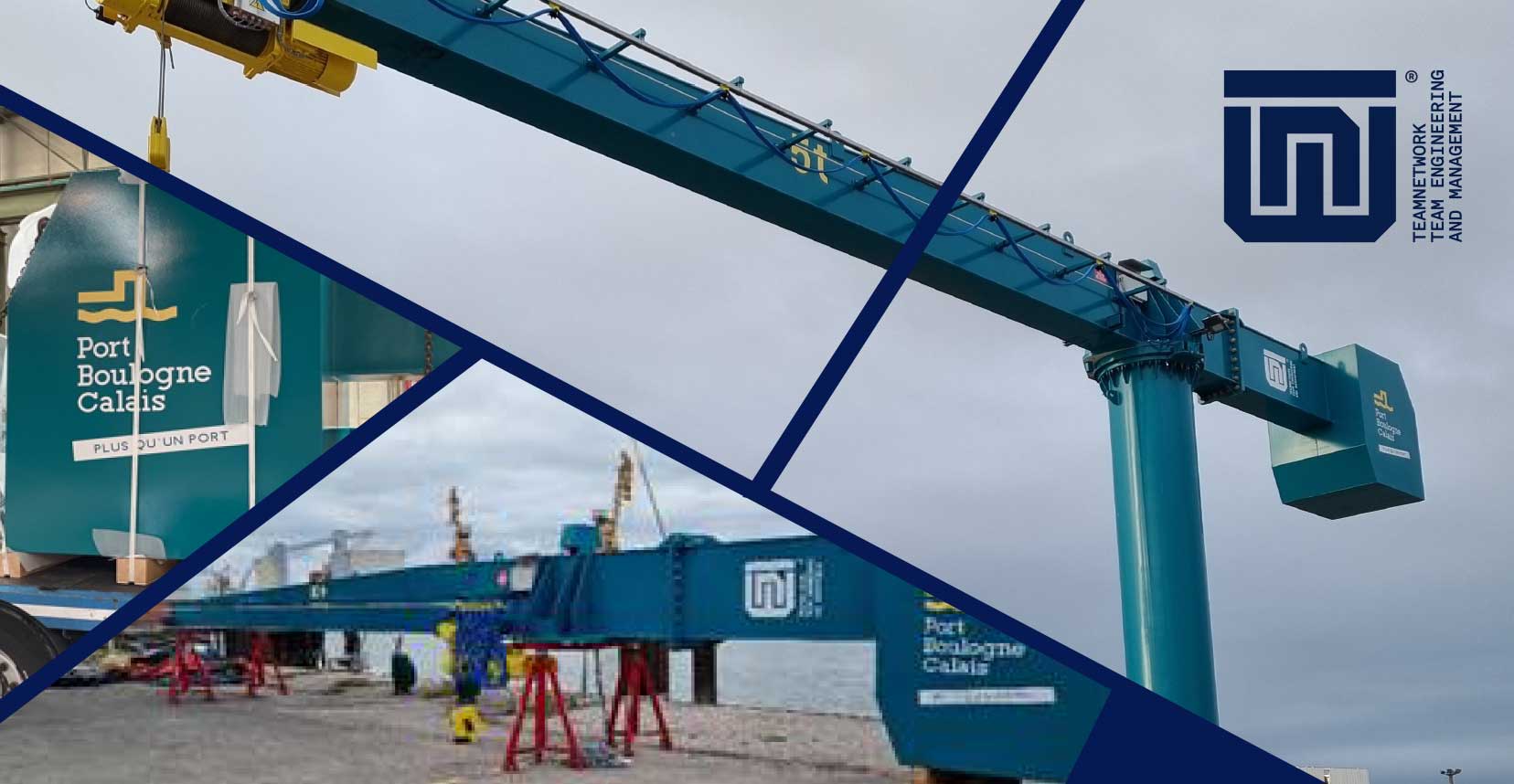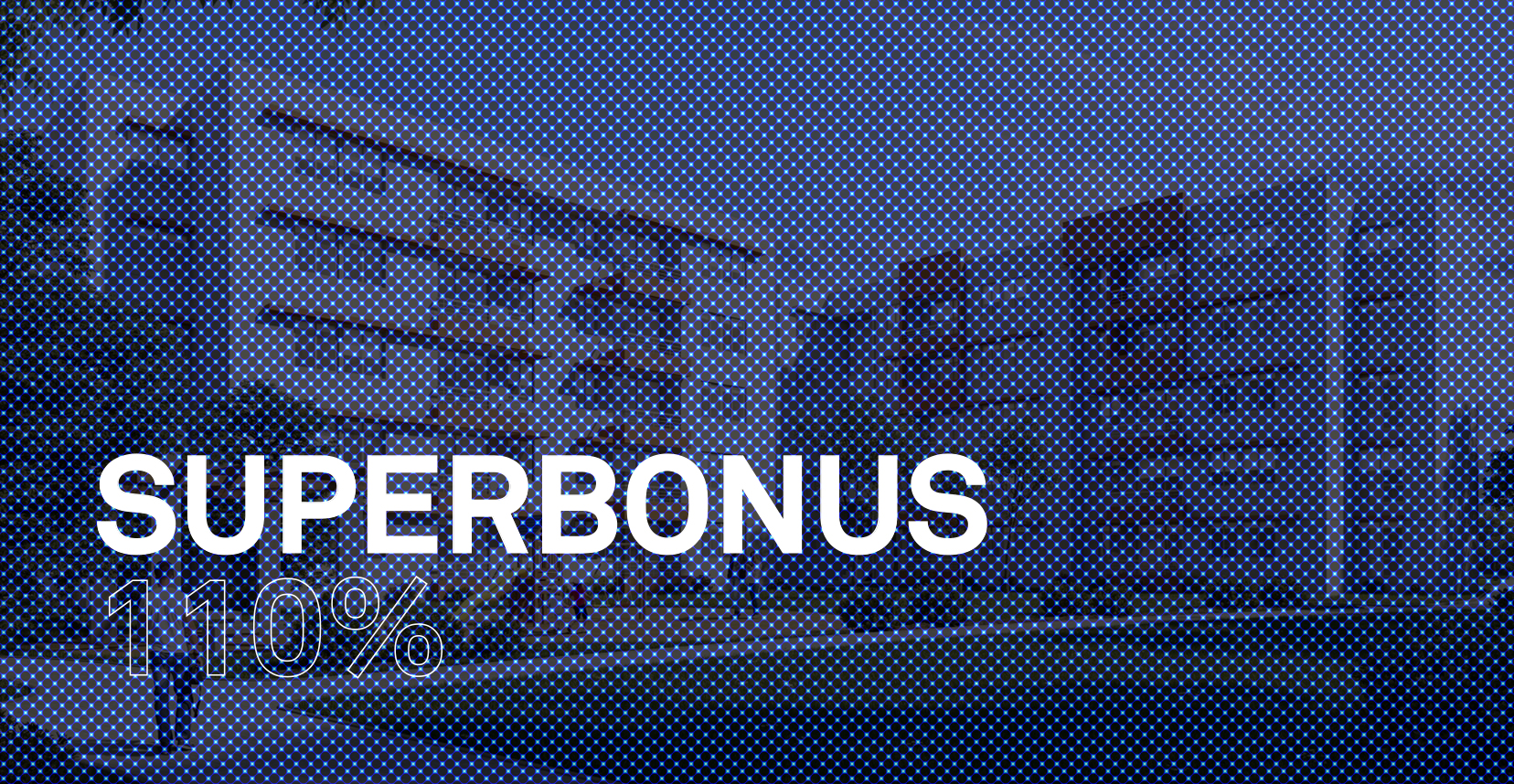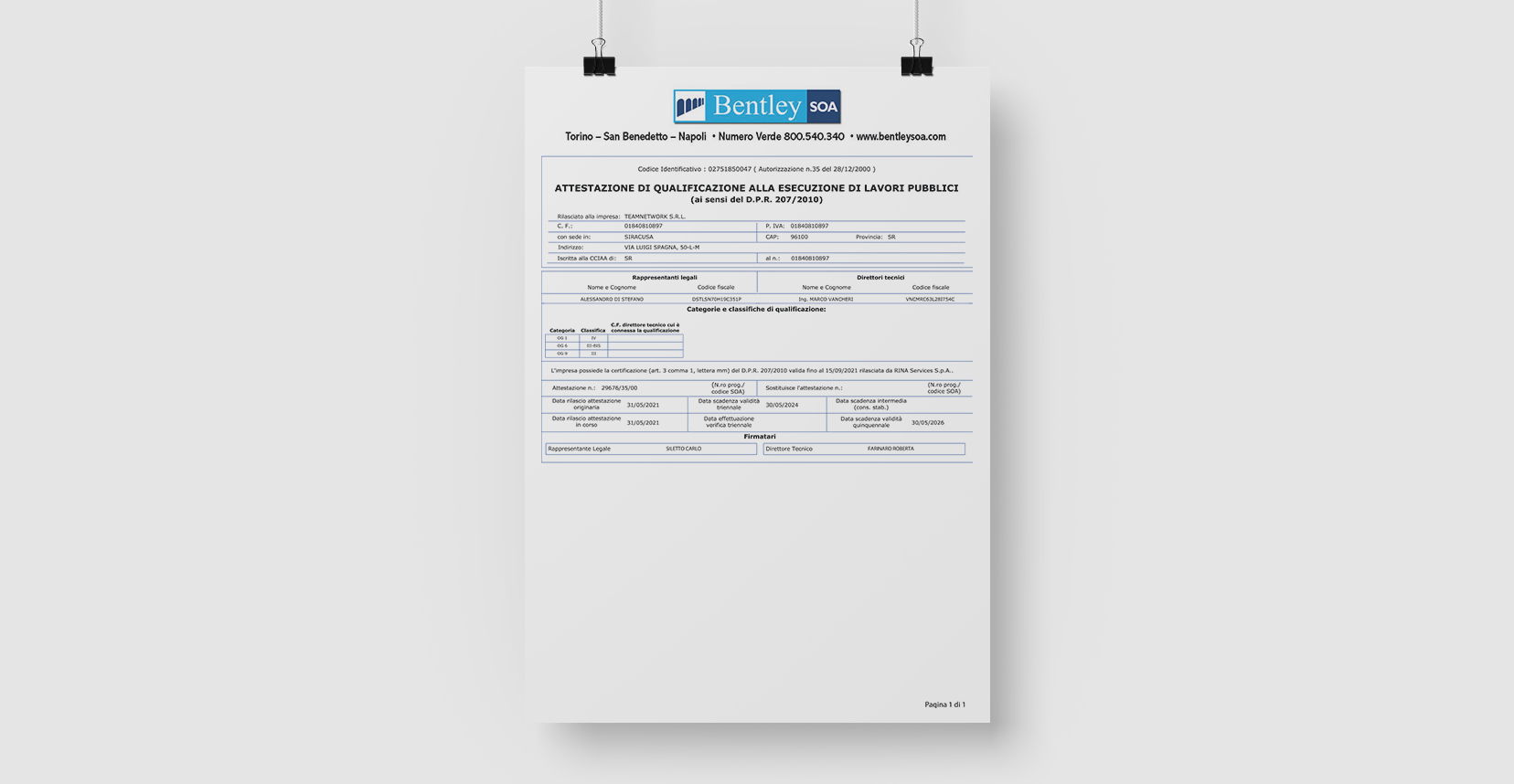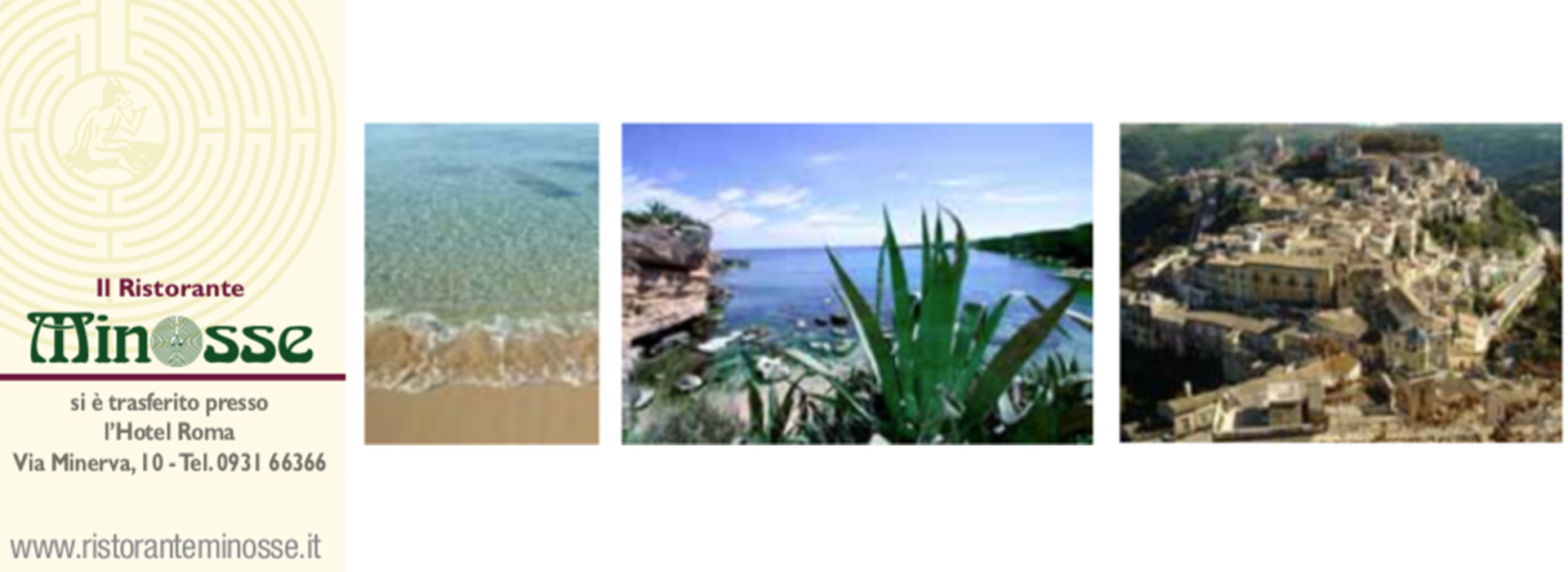
According to legend, King Hyblon founded this first inhabited centre by throwing out the Sicani. After becoming a Greek colony, the city became known as Hybla Heraea, in honour of the goddess Era, guardian of the fields. However ,it is necessary to go back to the Byzantine era in order to explain the origins of the name Ragusa, from Ragos, that is “granary”, which highlights and underlines the agricultural wealth of the area. Under Arab rule, in the IX century, the name became Ragus or Rakkusa, to finally assume its present name of Ragusa in the XVIII century .
The city was destroyed by a devastating earthquake in 1693, which led to the construction of Ragusa Superiore, the new part of the city, to which money, business and people moved. Despite the earthquake, Ragusa Ibla has maintained its artistic and historical beauty, and with its maze of alleys and baroque buildings brings out the essence of all its eventful past. All this has contributed in making it one of the most important tourist attractions in southern Sicily.

